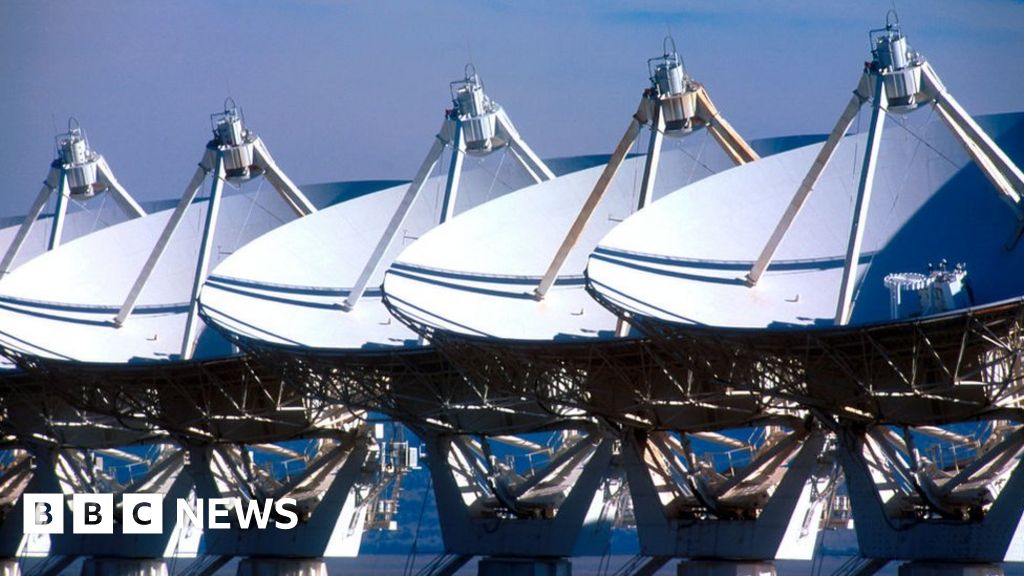AI Enhances the Quest for Cosmic Discoveries
At the Very Large Array in New Mexico, the SETI Institute’s quest to find alien life is taking a technological leap forward thanks to artificial intelligence (AI). Bill Diamond, the CEO of SETI, explains that with between 10 to 50 billion potentially habitable planets in our galaxy alone, the challenge of pinpointing signs of extraterrestrial intelligence is monumental. By incorporating AI to handle massive datasets and pinpoint anomalies, the search is becoming more sophisticated and wide-ranging.
AI’s Role in Interpreting Cosmic Signals
The SETI Institute’s collaboration with the National Radio Astronomy Observatory utilizes the power of AI to enhance the capabilities of the Very Large Array’s 28 large dish antennas. This AI-driven system processes an extraordinary volume of data—two terabytes per second—to analyze radio signals from space. This not only includes the traditional narrowband signals but also wideband signals that could indicate more advanced alien technologies, significantly broadening the scope of SETI’s search.
From Mars to the Stars: AI’s Broader Impact
Beyond scanning the stars, AI is proving crucial in analyzing samples closer to home. NASA’s Perseverance rover, for example, employs AI through its Sherloc instrument to detect organic compounds on Mars, which could hint at past or present life. The Carnegie Institution for Science is also using AI to scrutinize rock samples for molecular biosignatures with an impressive accuracy rate. These advancements highlight AI’s potential to revolutionize our understanding of life in the universe, supporting projects that may one day extend to places like Saturn’s moon Enceladus. As SETI continues to expand its efforts, the integration of AI promises to elevate our chances of making groundbreaking discoveries in the cosmos.
